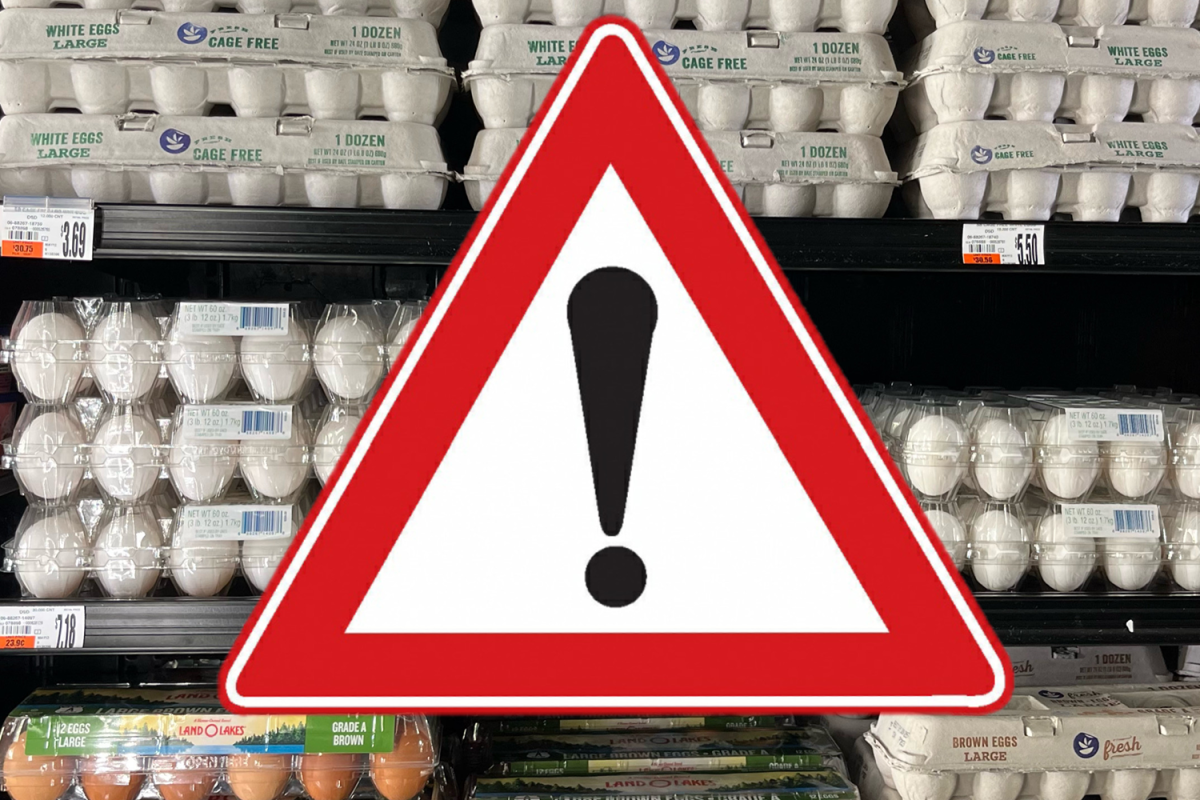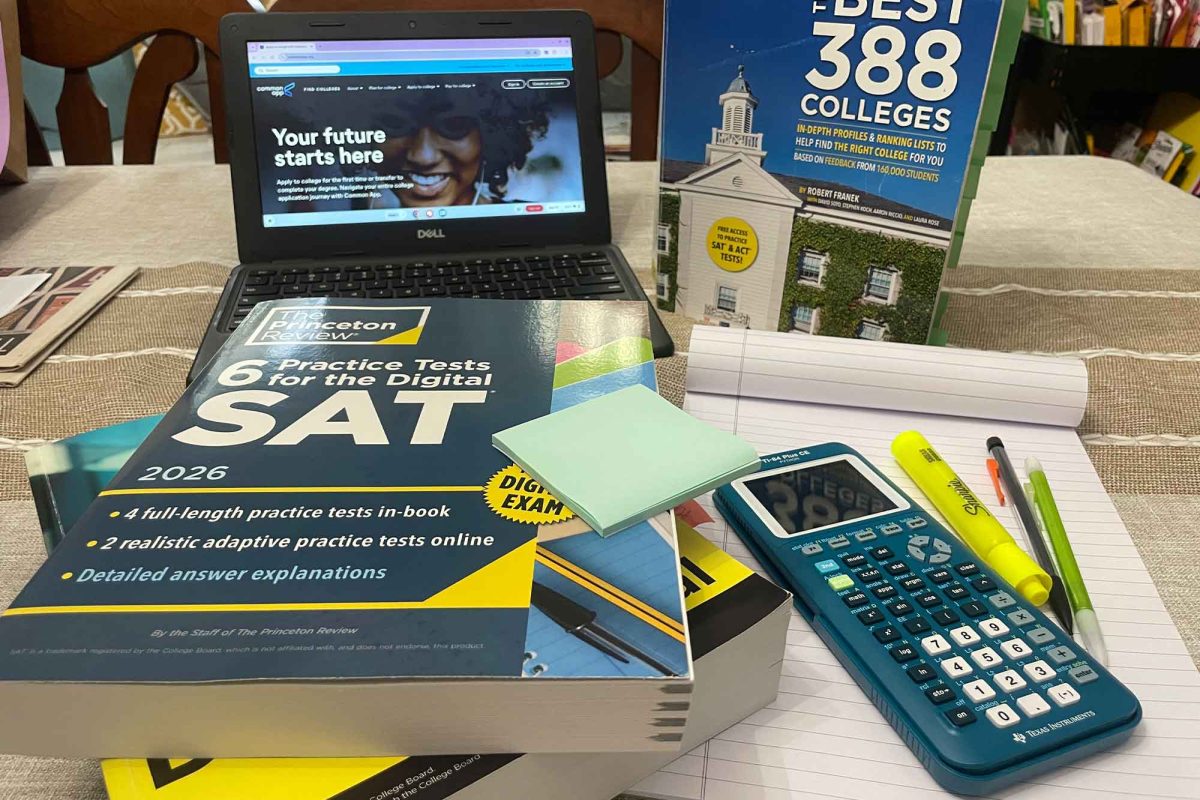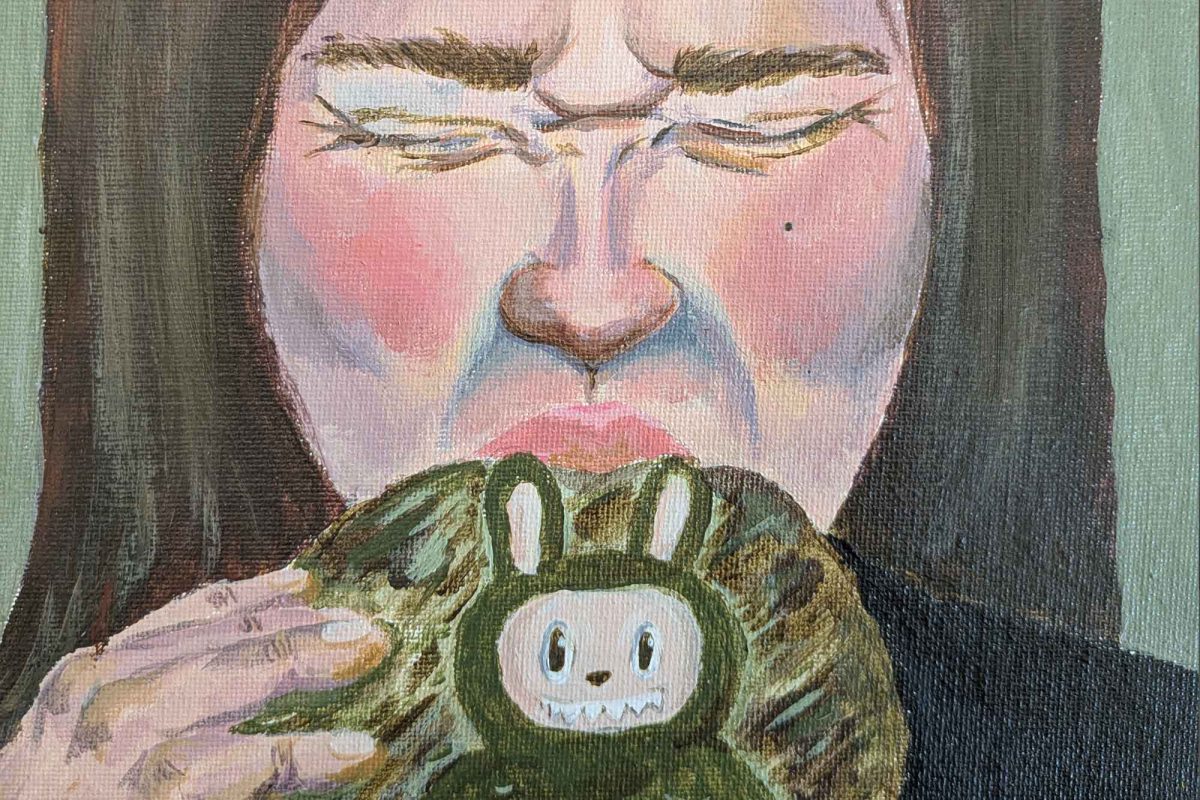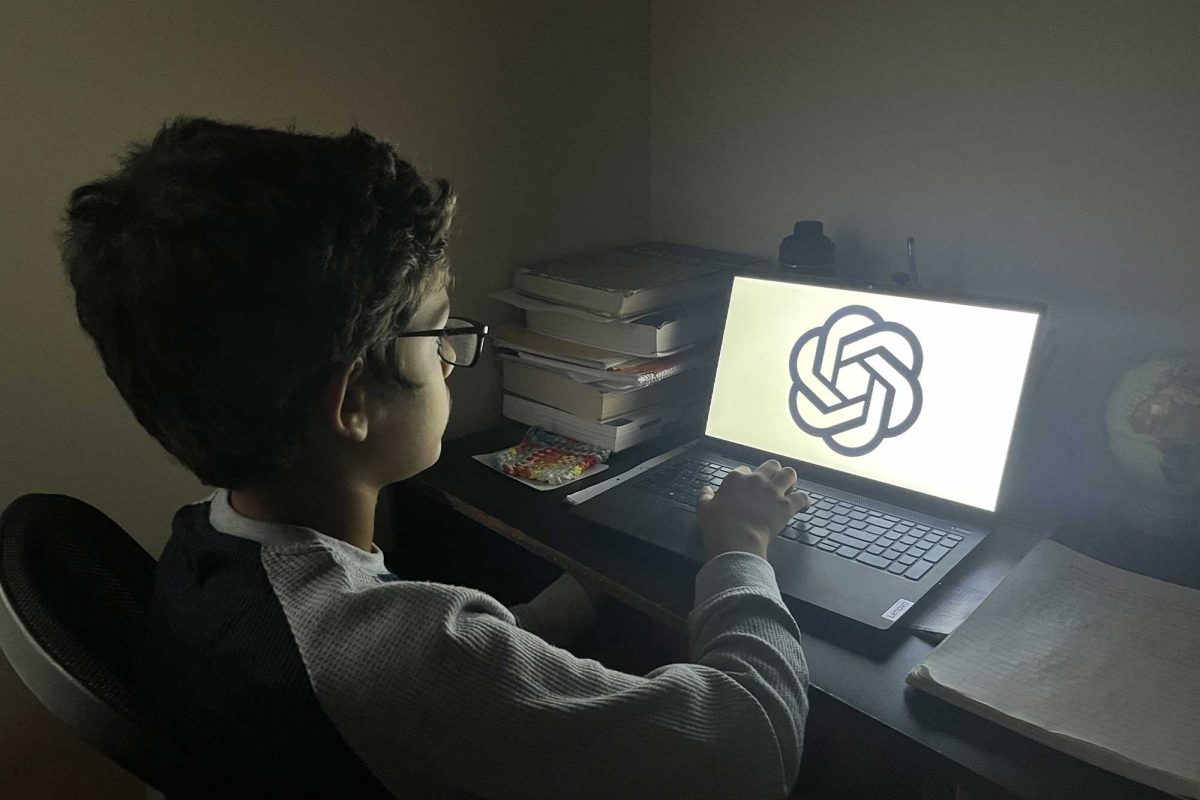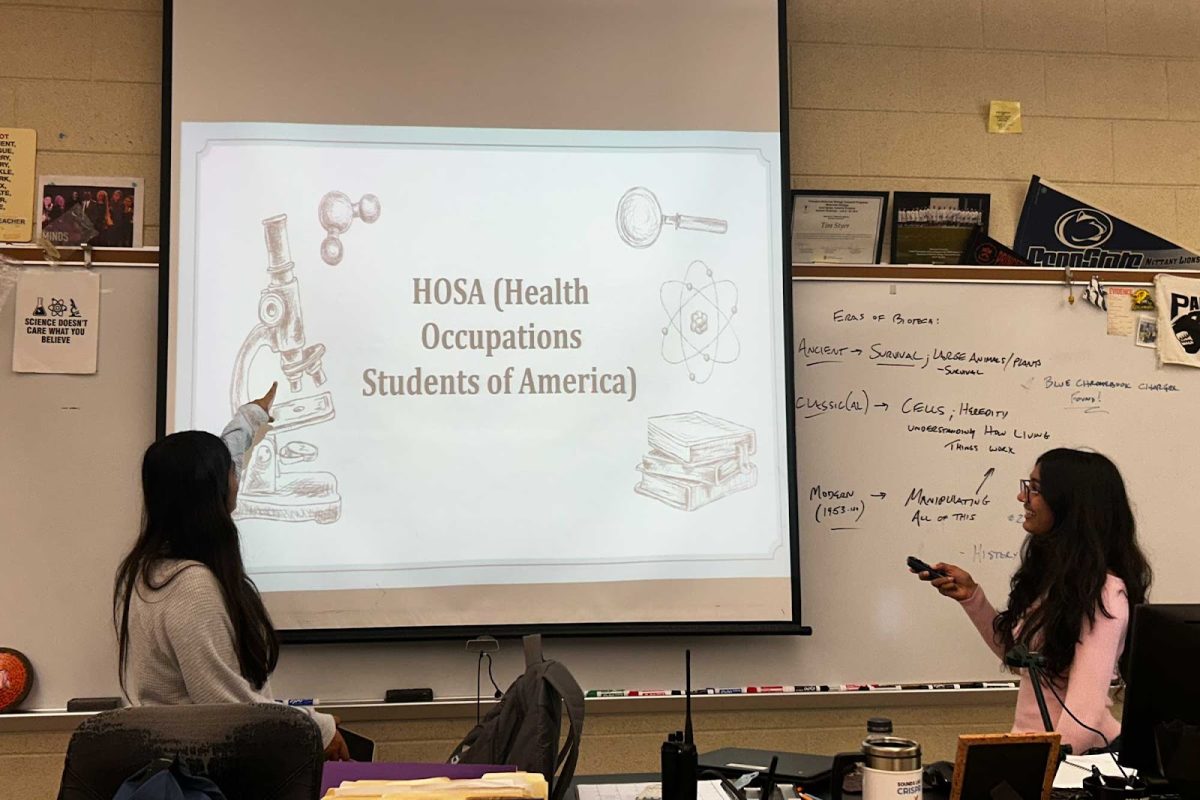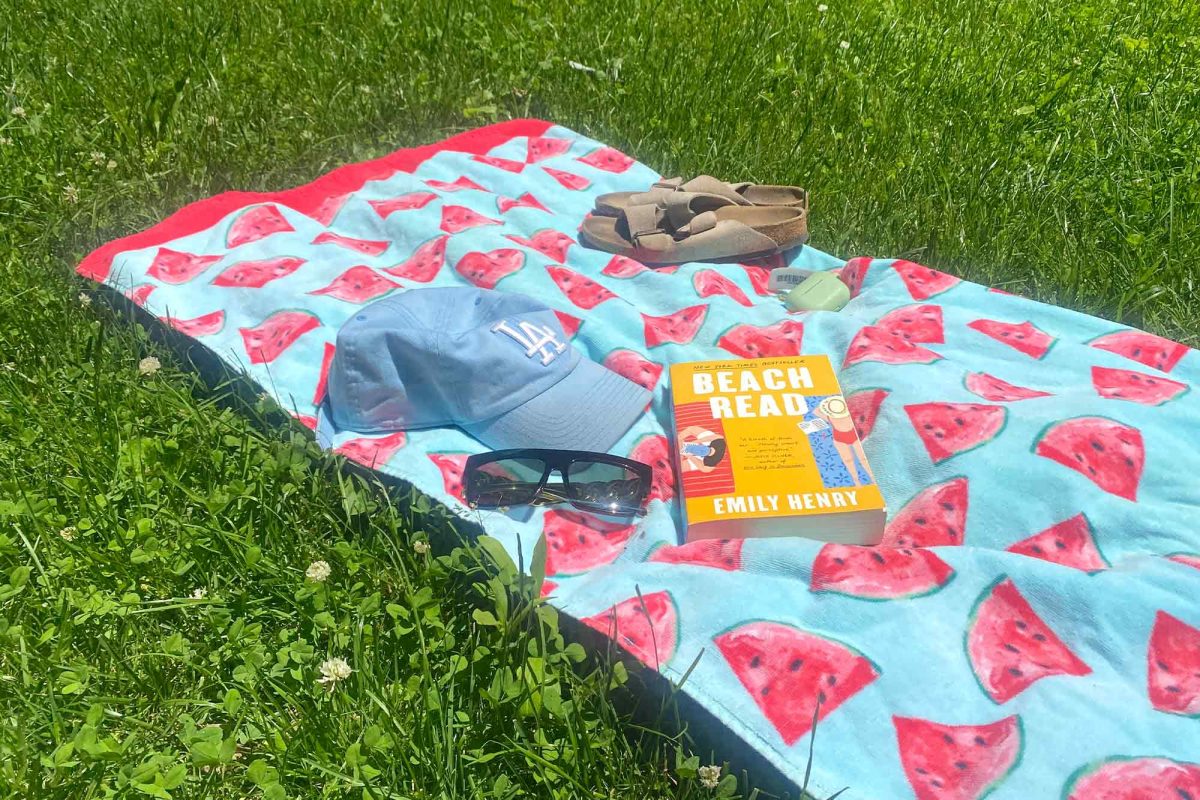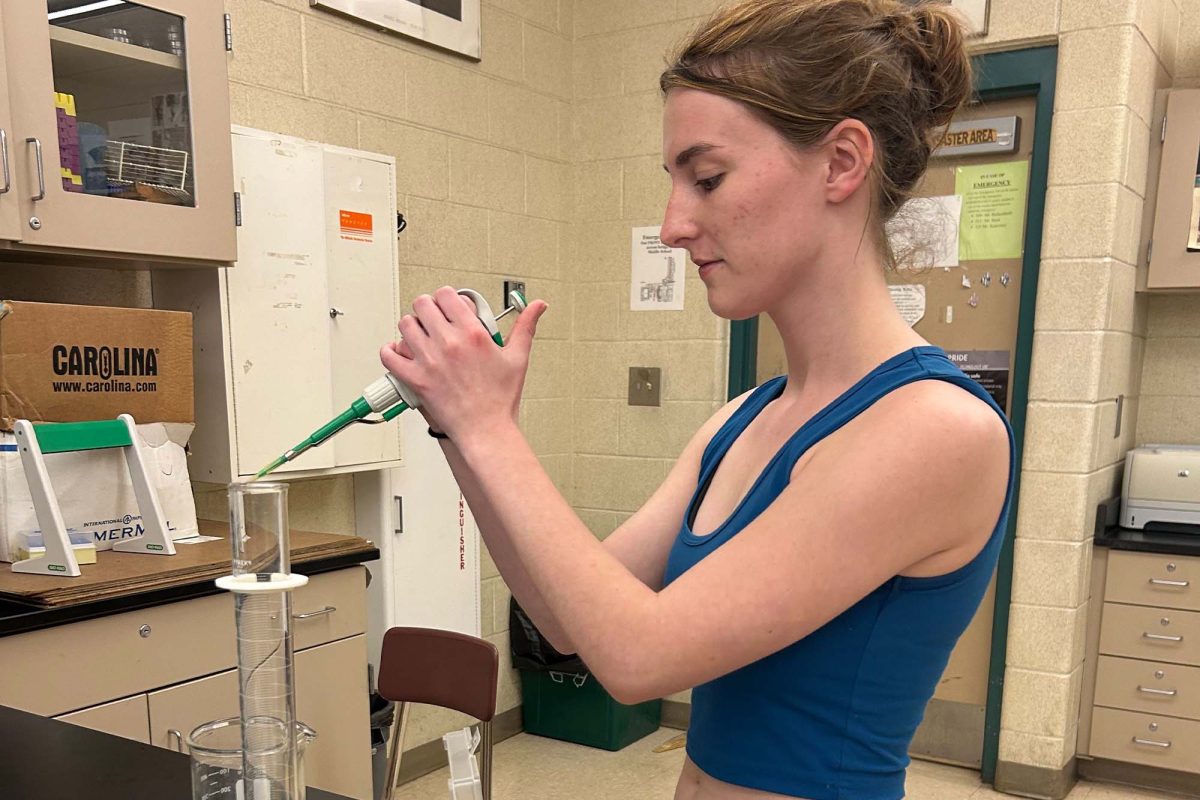The avian influenza, commonly known as bird flu, primarily affects poultry farms, but recent data confirms its spread to the human population.
Bird flu is a highly contagious viral disease, most commonly found in birds, which spreads rapidly through contact with infected birds or their feces, causing recent outbreaks. The Centers for Disease Control and Prevention (CDC) reports that bird flu has been reported in 48 states, affecting 90,892,846 poultry.
An article by the New York Times titled “An Even Deadlier Pandemic Could Soon Be Here” emphasizes bird flu being contracted in mammals, threatening a reminiscent of the COVID-19 pandemic.
“With [bird flu’s] ability to now move from bird to mammal, back to bird, back to mammal and additionally other mammals, the move to [humans] is closer,” Biotechnology teacher Mr. Timothy Styer said. “To go person to person, it needs a mutation where the virus can recognize a protein on our nose or face and not just in our lungs, like where it is now. Once it can do that, the show’s over, we’re gonna have ourselves our next pandemic.”
Bird flu has been observed in bird populations for a long time, yet after COVID-19, the virus took the back seat. However, recent contractions in mammals increase the chances of bird flu becoming a day-to-day threat.
“We went from 1967 to 2003 without having [a pandemic]. We were way overdue,” Styer said.
Conversely, in 2003, SARS, the first strand of the Coronavirus, was a near miss. In 2009, there was an H1N1 (Swine flu) outbreak, and in 2019, there was the Coronavirus. After a prolonged period without pandemics, there has been a clear spike, with three pandemics in the past 20 years.
“We’re going the other way,” Styer said. “So, [bird flu] is going to be something we need to watch as it moves in the human population. [This spike] has a lot to do with population and climate change. Also, our interaction with animals is increasing as there has been a relaxation of the rules put in place in 2003 and 2004 to minimize animal-to-human contact.”
However, the threat posed by bird flu is less concerning than the immediate appearance of the Coronavirus, given the previous research available about influenza.
“When COVID-19 hit…We had no antivirals, we had no vaccines, nothing to handle that,” Styer said. “We were starting from scratch. H5N1 is a Type A flu. We have medicines for type A flu. We have antivirals in place. Tamiflu is going to be effective against the H5N1. We have a vaccine.”
With that, Styer explains that, with the help of mRNA vaccines, it will be easier to combat the constantly changing virus. It will be okay if controlled quickly, but effort must be made to contain the flu.
“Bird flu is effective in the way it is moving into the mammal population, how far it is moving into the mammal population, and how quickly it is moving into the mammal population,” Styer said. “It was predicted to be the next pandemic in 2005.”
Concerns about the potential spread of the virus to humans have raised anxieties within the community. Teaching and learning during the COVID-19 pandemic itself was difficult to navigate.
“None of [the teachers] are trained to teach online. Having hybrid classes was even worse because you were never actually looking at all your students,” Modern World History teacher Mr. Jeffrey Kahn says.
The difference in teaching during the pandemic is apparent as the grades who spent middle school in lockdown enter high school.
“The last couple of years, students have been more likely to retreat into their phones and more likely to act like their own mute,” Kahn said.
Schools and communities must take proactive steps to prevent the ramifications of bird flu.
“I don’t think we’re at an alarming level as of yet, but the biggest thing is to stay informed by credible sources,” School Nurse Sarah Fleming said.
Though there is no need to panic about the possible risks, the upcoming of this disease is one to stay alert for.
“I’m not worried about the potential of a bird flu pandemic, but at first, no one was worried about Covid either,” freshman Rheya Singh said.




